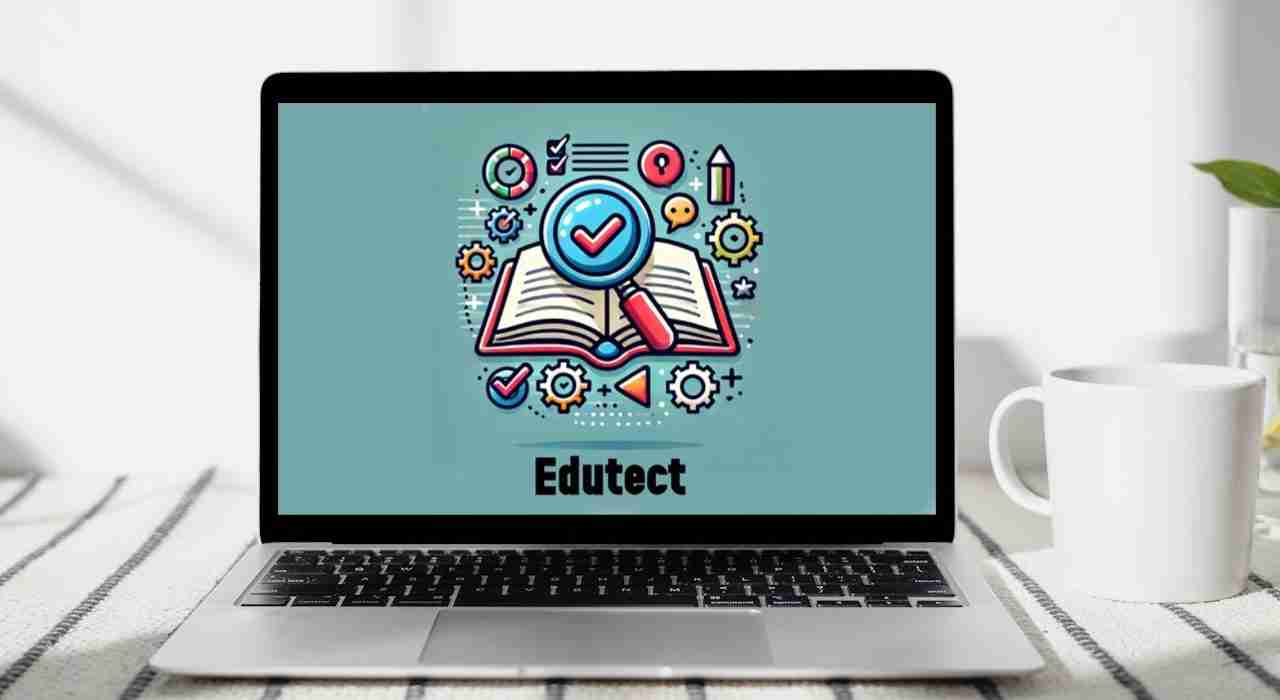Error Detection and Quality Assurance for Learning Materials
One of the key challenges in delivering high-quality online learning experiences is ensuring the accuracy and consistency of the learning materials. Even minor errors, such as typos, broken links, or formatting issues, can negatively impact the student experience and undermine the credibility of the content.
As a proactive step to address this challenge, I developed a suite of automated scripts to detect and correct common errors in learning materials. These scripts leveraged various Python libraries, including Selenium for web scraping, language_tool_python for spell-checking, and requests for URL validation.
The primary script, MilestoneScan.py, systematically scanned course milestones for typos, broken URLs, and formatting inconsistencies. It utilized Selenium to navigate through the website, extract text content, and create a comprehensive error report in CSV format. This report included details such as the error type, location, suggested correction, and contextual snippets, enabling efficient review and remediation.
To further enhance the error detection process, I created two additional scripts: LessonScan.py and UrlChecker.py. LessonScan.py focused specifically on scanning individual lesson content for typos, while UrlChecker.py verified the validity of all URLs referenced within the learning materials.
These scripts were designed to be scalable and adaptable, allowing for seamless integration into the content development and quality assurance processes. By automating the error detection and correction tasks, I significantly reduced the time and effort required for manual review, enabling the team to focus on creating engaging and accurate learning experiences.
The effectiveness of these scripts was demonstrated by the high volume of content errors and typos identified during the January to May period, which accounted for a staggering 67.4% of all support requests received. By proactively addressing these issues, I was able to enhance the overall quality and reliability of the learning materials, leading to improved student satisfaction and a more seamless learning experience.
Programming Language
- Python: The primary programming language used for developing the error detection scripts.
Python Libraries
re: A library for regular expressions, used for pattern matching and text processing.requests: A library for making HTTP requests, used for verifying URL validity.beautifulsoup4: A library for parsing HTML and XML documents, used for extracting information from web pages.textblob: A library for processing textual data, used for natural language processing and detecting typos.language_tool_python: A library for using LanguageTool, an open-source grammar, style, and spell checker.
Automation and Web Scraping
- Selenium: A tool for automating web browsers, used for navigating through web pages and extracting text.
- webdriver_manager: A utility for managing browser drivers (e.g., ChromeDriver) for Selenium.
Web Framework
- Strapi: A headless CMS used for managing and delivering content.
Content Management Tool
- Notion: A collaboration platform used for content creation and organization before transferring to Strapi.
Web Technologies
- HTML: The standard markup language for creating web pages.
- CSS: The style sheet language used for describing the presentation of web pages.
Data Storage and Management
- CSV: A file format used for storing tabular data, used for exporting error reports.
Development Tools
- Integrated Development Environment (IDE): Software applications like PyCharm, VS Code, or Jupyter Notebooks used for writing and testing Python scripts.
- Git: A version control system used for tracking changes in the codebase.
Logging and Error Handling
- Logging: Python’s built-in logging module used for recording the runtime behavior of scripts and capturing errors.
Additional Utilities
- nltk: The Natural Language Toolkit used for working with human language data (e.g., downloading corpora).
- datetime: Python’s standard library for manipulating dates and times.




